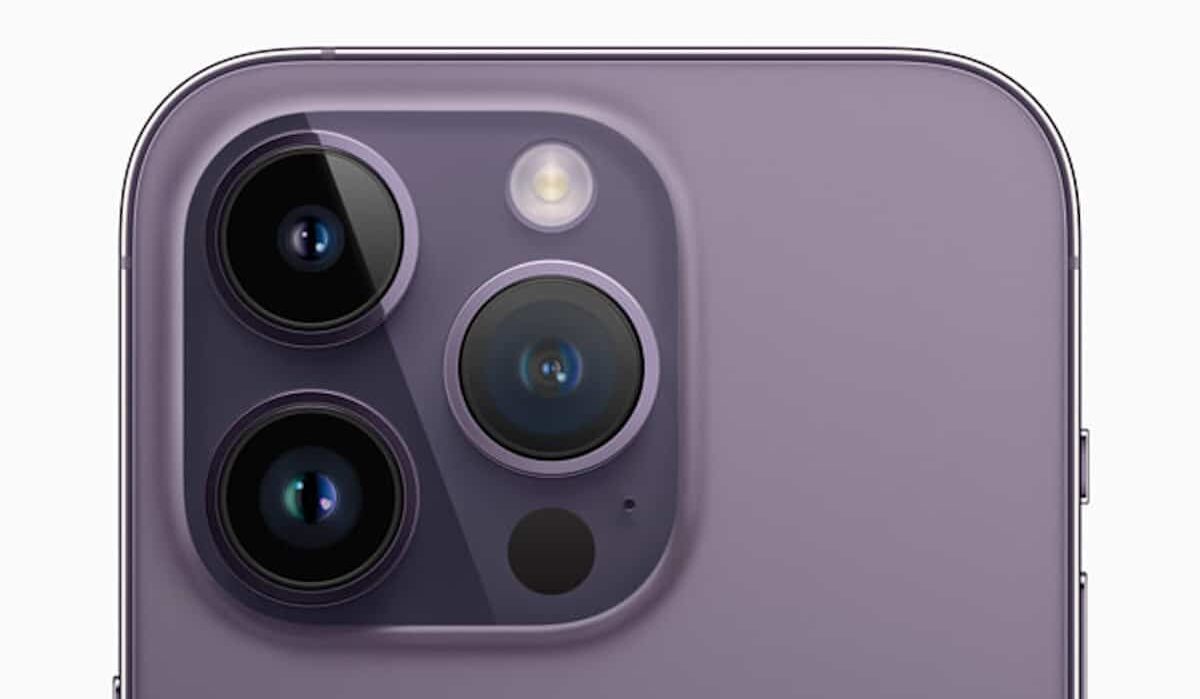Apple is reportedly conducting final quality assessments on advanced CMOS image sensors (CIS) from Samsung for potential use in the upcoming iPhone 16. Historically, Apple has relied exclusively on Sony for its iPhone camera sensors, but recent issues have prompted the company to explore alternative suppliers.

Apple’s pivot to Samsung follows delays and reliability concerns with Sony’s image sensors. Last year, Apple experienced significant challenges due to Sony’s inability to deliver sensors on time, which affected the launch schedule of the iPhone 15. As a result, Apple initiated the development of new image sensors with Samsung in late 2023. If Samsung’s sensors pass the final quality tests, this will mark the first time Samsung supplies CIS for iPhones.
The new Samsung CIS features a cutting-edge three-wafer stack design, a significant upgrade from the two-wafer design used in previous iPhone models. Each wafer in Samsung’s CIS serves a distinct function:
- The photodiode wafer converts light into electrical signals.
- The transistor wafer handles signal amplification and processing.
- The analog-to-digital converter wafer processes the signals for the digital domain.
This separation allows for higher pixel density, reduced noise, and smaller pixel sizes, enhancing the overall image quality.
Samsung’s new CIS utilizes wafer-to-wafer hybrid bonding, connecting the wafers using copper pads instead of traditional signal-transferring bumps. This method not only reduces the size of the sensor but also increases data transfer speeds. The hybrid bonding process, known as Cu to Cu bonding, enhances the transmission speed between elements and allows for further miniaturization of the sensor.
If Samsung’s CIS is approved, it will be integrated into the main camera of the iPhone 16, expected to debut this fall. The iPhone 16 lineup is anticipated to feature several new camera enhancements, including a dedicated “Capture” button and a 48-megapixel Ultra Wide camera.
Apple is also considering a dual-supplier approach for its iPhone 16 camera sensors, supplementing Sony’s output with Samsung’s. This strategy aims to mitigate supply chain risks and ensure sufficient quantities of CIS for the anticipated high demand of the iPhone 16.
The potential collaboration with Samsung could disrupt the current market dynamics, where Sony has been the dominant supplier of image sensors for iPhones. If successful, this move could allow Samsung to increase its market share in the CIS industry.
(via The Elec)